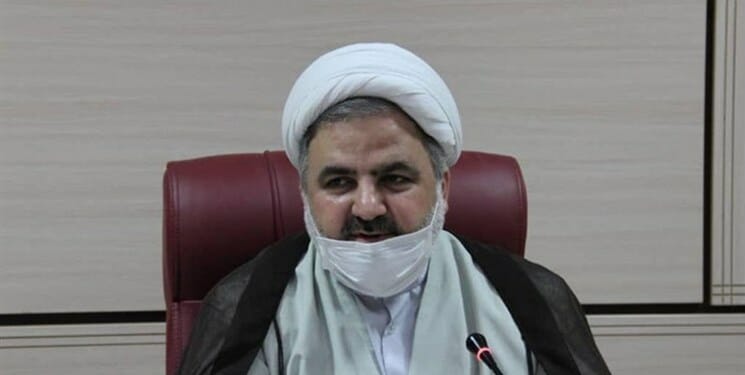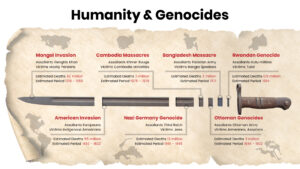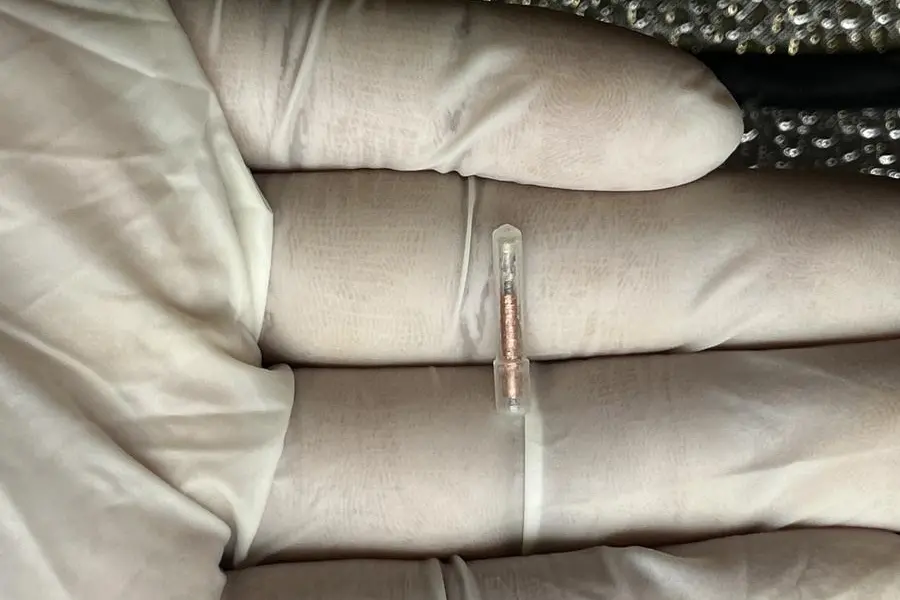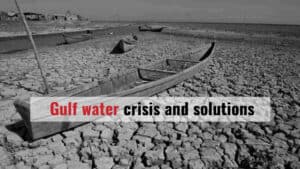-
The cases of a few individuals who are accused of armed attacks will be sent to the relevant courts as soon as possible
-
This appears to be part of the Iran’s stand that armed protesters are responsible for some of the nine deaths that have happened during the agitations
Iranian authorities have been quoted by the country’s semiofficial FARS News Agency on Sunday, August 1, as saying that they have freed a “considerable” number of people who had been arrested for water protests that originated in the oil-rich Khuzestan province.
The move comes barely days after global non-profit Human Rights Watch urged the country to unconditionally release all protesters it had detained.
The agency said Iran’s Judiciary Office head in Khuzestan province, Sadeq Moradi, announced on Sunday that a large number of protesters arrested during the protests in the southwestern province have been released.
“Upon an order by the Judiciary Chief (Gholam Hossein Mohseni Eje’i) to the Judiciary’s Office in Khuzestan to immediately release those who have been detained during the recent incidents solely for protests, the cases of the detainees were immediately investigated and the necessary orders were issued to free these protesters,” Moradi is said to have told reporters in Ahvaz.
He also referred to his Sunday visit to Ahvaz prison for several hours to expedite the process of releasing the protesters, and said, “Over the past two days, a significant number of those who had participated in the recent unrests only to protest were released, and a number of others will be freed in the coming days after completing the legal process.”
Moradi said cases of a few individuals who had carried out armed attacks would be sent to the relevant courts as soon as possible.
This appears to be part of the current regime’s official stand that some of the nine people who have died during the agitations were killed by armed protesters themselves.
The protesters, unsurprisingly, blame the security forces, which have been known to be heavy-handed in their crackdown on any agitation.
For example, the forces are said to have killed at least 300 people in 2019 as the masses protested against rising costs of petrol. A subsequent Reuters report put the official death toll closer to 1,500.
Meanwhile, the protests, which started in the middle of last month in Khuzestan before spreading across the country, continued on Sunday.
Iran is currently in the middle of what the World Bank has said is one of its worst droughts in 50 years, with the Khuzestan province one of the worst-hit areas.







